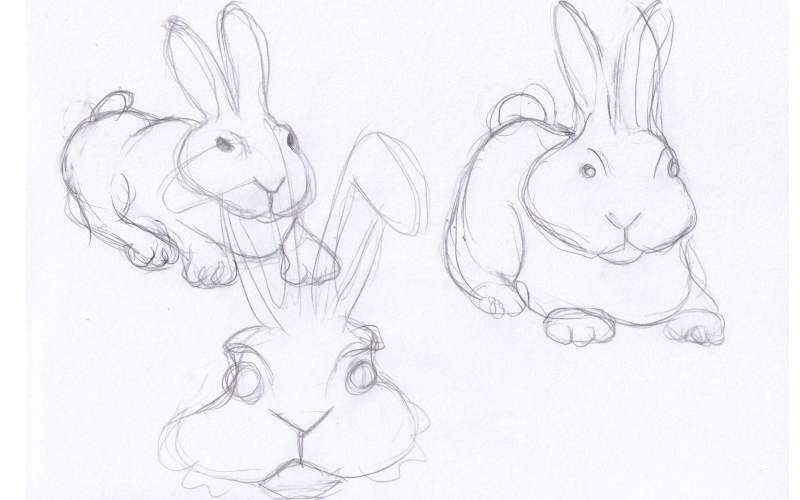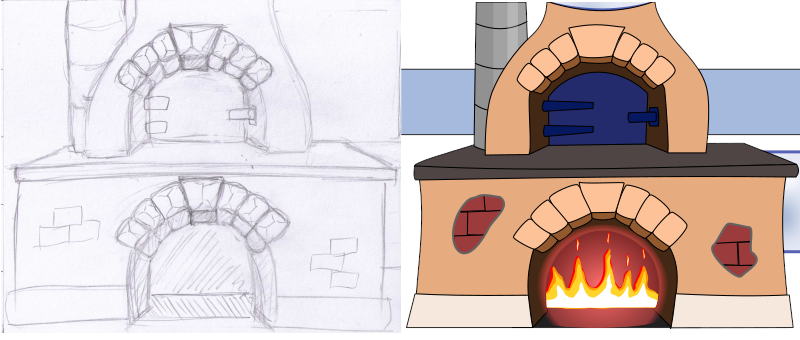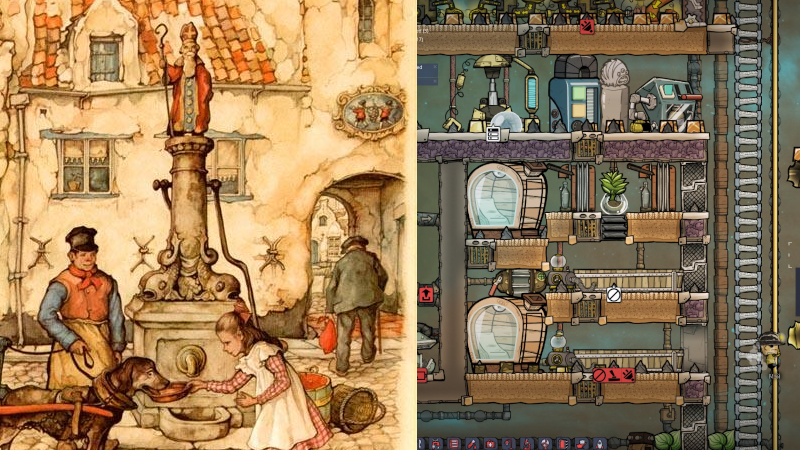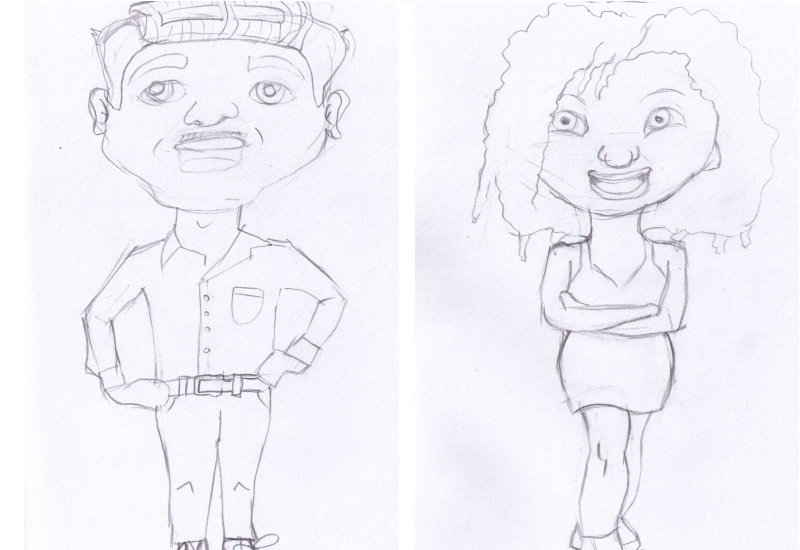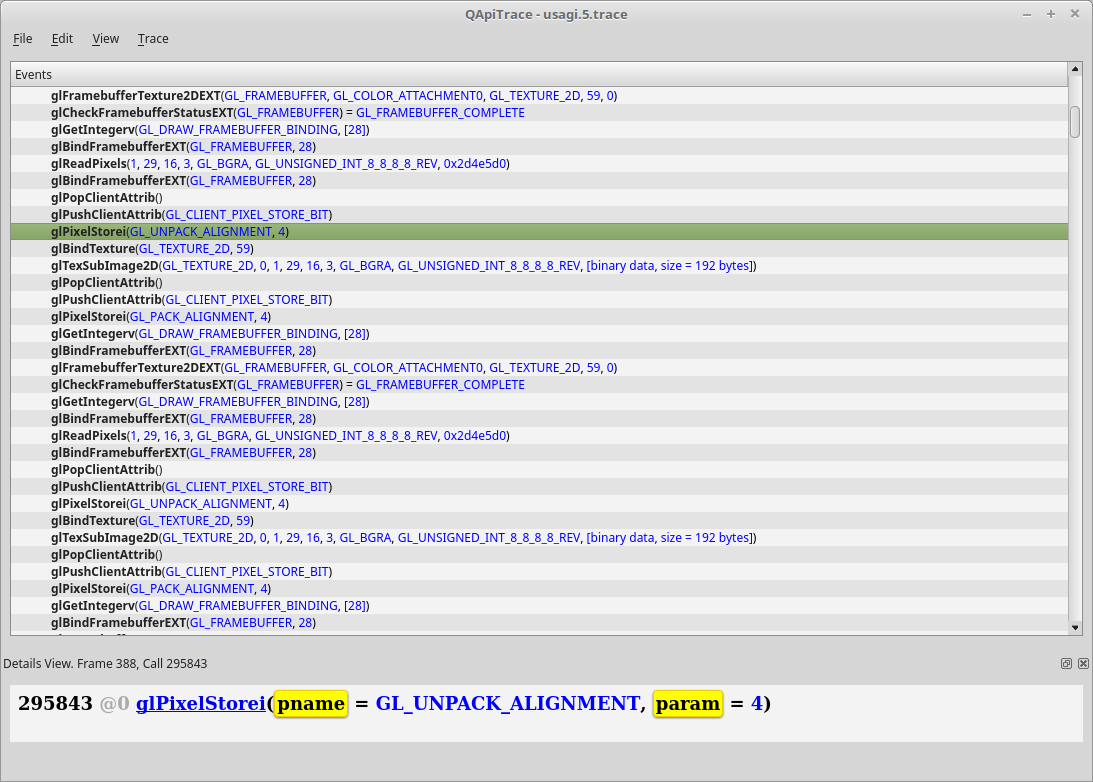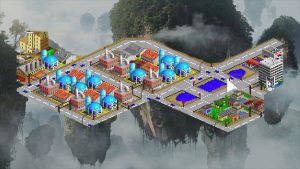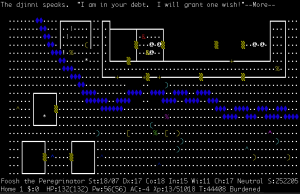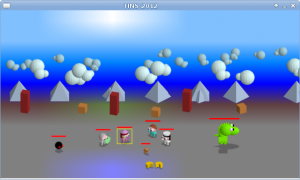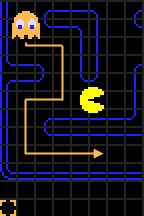I just released version 0.7 of Food Chain Farm, my casual space ecosystem sim. Get it while its hot!
So let’s talk about this release. What’s new in this release? What have I learned along the way? And when will the game be finally done?
What’s new?
It’s fair to say that this is a pretty big release. I even took a 3-month sabbatical to work on the game.So what’s new in Food Chain Farm 0.7?

First of all, I’ve added a story. I wanted to motivate the player, to set a goal that you can engage with emotionally. So I’ve written some lore, and it goes as follows. You are Xlorp, a young alien boy, and you have to take care of a marooned interplanetary colonist, a rescued human. Being an alien, your biochemistry is very different from humans, and therefore you have to figure out everything from scratch. You have to build a supporting ecosystem. You’ll start to grow some plants to generate oxygen, and some simple vegetables as food. Over time you learn to make better and more tasty food, and improve life quality for your human pet.
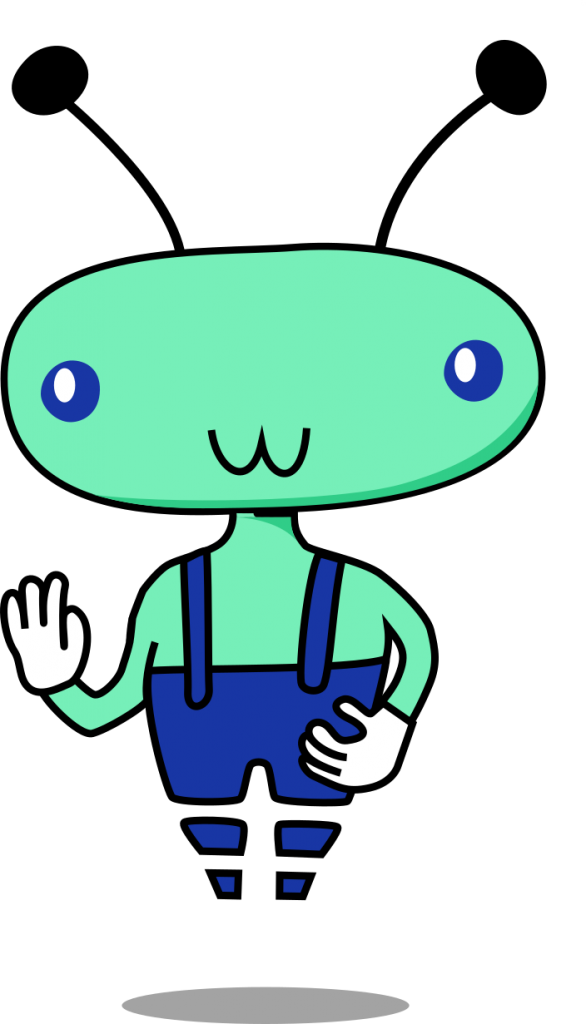
Secondly, I wanted to some sort of progression system in the game, a way to upgrade your systems and unlock new possibilities over time. So I’ve added this in the form of the pet store. Zed, the store owner, advices you on how to best take care of your human. If Zed sees that your human is doing well and you can handle the responsibility, then he will sell you some useful pet care amenities. Perhaps some livestock, or some kitchen appliances to produce better quality food. Zed is a helpful and knowledgeable being that really supports you while you’re trying to figure things out.
For the third addition, we have to dive more deeply into the science. I wanted to make the game system more complex, so there is more to explore and discover. Previous editions of food chain farm have focused only on the carbon cycle, now I’ve also added a nitrogen cycle. Nitrogen is an important compound for life, no living cell can be made without it. Nitrogen is all around us – the air we breathe is almost 80% Nitrogen. Yet most of this nitrogen is not in a form that plants can consume. Dealing with that is an interesting challenge.

Outgrowing the classroom
So just a bit of background: I started work on Food Chain Farm a few years ago, in collaboration with my sister who teaches biology in high school. At the time, my goal was to create a game to teach biological concepts in a fun and visually interesting way. Carbon cycle, photosynthesis, food chains, all of that can be quite abstract sometimes, but I wanted to make it really come to life. This has been quite successful. The game has been used in classrooms over half a dozen times, and another classroom session on the nitrogen cycle is on the schedule. (If you’re a teacher reading this and you want to try it in your classroom, contact me).
But, I’ve come to realize something about games for the classroom. They can get away with being less fun, because:
- You have a captive audience.
- “More fun than regular class” is a low bar. Students appreciate anything that breaks the rut.
- The game needs to be entertaining for only one hour. By contrast, a store-bought game needs to be entertaining for a dozen hours, to feel like you got your money’s worth.
And that is also why the label “Educational game” has so many negative connotations. Marketing is very different for educational games. Educational games are sold to teachers and parents. They need to showcase educational value. The kids, who get these “fun” games hoisted upon them, learn to associate “educational game” with “boring, forced experience”. In other words, if you target parents and teachers, educational is good. If you target gamers, educational is best left out.
And here’s the rub. I’m gamer at heart and it stings to think people will think less of Food Chain Farm due to the educational label. I want to prove that games can be both fun and educational at the same time. That the educational aspects of a game don’t make it less fun. And the only way to prove that, actually prove that, is to make a commercially viable game – competing in the real world against games that are definitely fun.
So, no more “educational”, at least not in the marketing materials. Instead, I’m going with the phrase “science-based game”. It’s a real game, designed for having fun. However, grounded in science. Like my favorite book, “The Martian”, by Andy Weir. This book is, at the highest level, a gripping tale of perseverance and inventiveness in the face of almost certain doom. If you come away learning something about how to grow potatoes on mars using rocket fuel, then all the better, but that’s really just a side-effect. I’ve not “given up” on making games for the classroom. But I realize that I can’t be sure that the game is fun, unless I can also sell it as a regular game.
Future plans
Let’s be clear here – the game is not done! What we have at the moment, you may call an “Early Access Demo”. I’m releasing as a way to gauge reactions, and to show my plans. But there are definitely rough edges, and I have so many ideas for improvements. Here are some ideas I’m considering for a future update:
- Saving and loading. Currently there is no way to save progress, if you close the game you have to start over. This is something I intend to fix.
- Bio-plastics for building pipes and tubes (you no longer get them for free)
- Blowing up asteroids with explosives to get extra resources and discover secrets. Many explosives are based on nitrate, which ties nicely into the nitrogen cycle.
What else should I add? Let me know! And if you want to stay updated on future releases, subscribe to the newsletter or join us on Discord!






